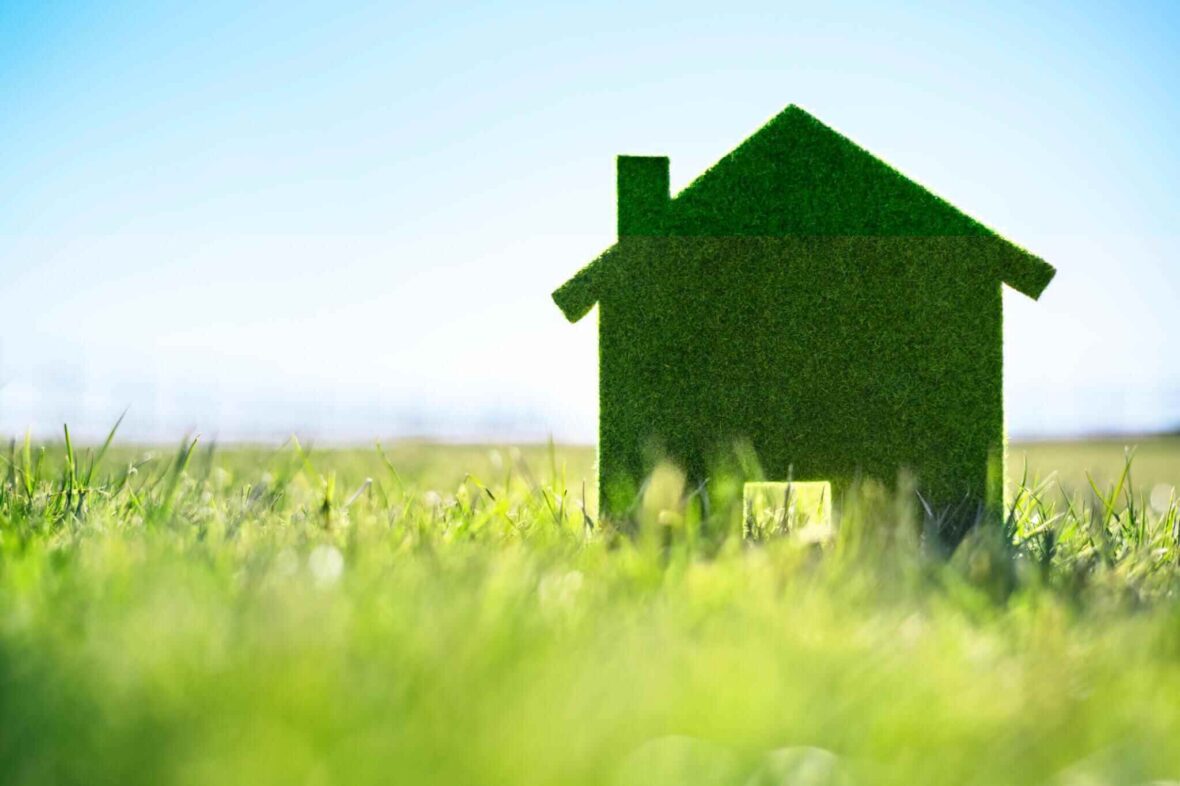In the realm of home improvement, a silent revolution is underway—one that’s reshaping the very landscape of our living spaces. It’s not just about aesthetics anymore; it’s about sustainability, about leaving a lighter footprint on the planet while enhancing the comfort and functionality of our homes.
Welcome to the world of green architecture, where innovative design meets environmental consciousness to create spaces that are as eco-friendly as they are stylish.
Contents
1. Embracing Sustainability In Home Design
Gone are the days when home improvement was solely about adding a fresh coat of paint or swapping out outdated fixtures. Today, homeowners are increasingly turning to sustainable design principles to guide their renovation projects. From energy-efficient appliances to eco-friendly building materials, the focus is on minimizing environmental impact without sacrificing comfort or style. For peace of mind and protection, explore comprehensive home insurance plans in our review section, ensuring your sustainable haven is safeguarded.
One of the key drivers of this shift towards sustainability is the growing awareness of the environmental challenges we face. Climate change, deforestation, and resource depletion are just some of the issues driving consumers to seek out greener alternatives in every aspect of their lives, including their homes. And the good news is, the home improvement industry is stepping up to the plate.
2. The Role Of Green Architecture
At the forefront of this movement is green architecture—a design philosophy that prioritizes environmental sustainability in every aspect of the building process. From the initial concept stage to the final construction, architects and designers are incorporating green principles into their projects to create spaces that are both beautiful and eco-friendly.
One of the hallmarks of green architecture is the use of sustainable building materials. Instead of relying on traditional materials like concrete and steel, architects are turning to alternatives such as bamboo, reclaimed wood, and recycled steel. Not only are these materials more environmentally friendly, but they also often come with the added benefit of being more cost-effective and durable.
3. Innovative Approaches To Energy Efficiency

Another key aspect of green architecture is energy efficiency. Many home improvement manufacturers are focused on improving sustainability. For example, uPVC doors and windows now have established life cycles which involve being recycled and repurposed. These products not only help to reduce energy consumption but also contribute to a healthier indoor environment by minimizing drafts and improving insulation. But it’s not just about the materials; it’s also about how they’re used.
Passive solar design, for example, harnesses the power of the sun to heat and cool a building naturally, reducing the need for artificial heating and cooling systems. Similarly, green roofs—rooftops covered in vegetation—help to insulate buildings, reduce stormwater runoff, and create habitat for wildlife.
4. The Future Of Home Improvement
As we look to the future, the importance of sustainability in home improvement cannot be overstated. With the global population expected to reach nearly 10 billion by 2050, the demand for housing will only continue to grow. By embracing green architecture and sustainable design principles, we can ensure that our homes not only meet our needs today but also contribute to a more sustainable future for generations to come.
Conclusion
In conclusion, the rise of green architecture represents a fundamental shift in how we approach home improvement. It’s no longer enough for our homes to be merely functional or aesthetically pleasing; they must also be environmentally sustainable.
By embracing innovative design principles, using sustainable materials, and prioritizing energy efficiency, we can create spaces that are both beautiful and eco-friendly. And with the home improvement industry increasingly focused on improving sustainability, the future looks brighter than ever.




